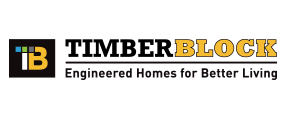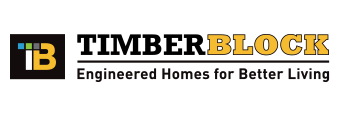It's no surprise to most in the industry to know Timber Block's commitment to green building, energy efficiency and sustainability. It's been our promise from the very first Timber Block home constructed, and we're proud to say we have now gone above to ensure each and every one of our homeowners has constructed a home that is up to our high standard. Read on...
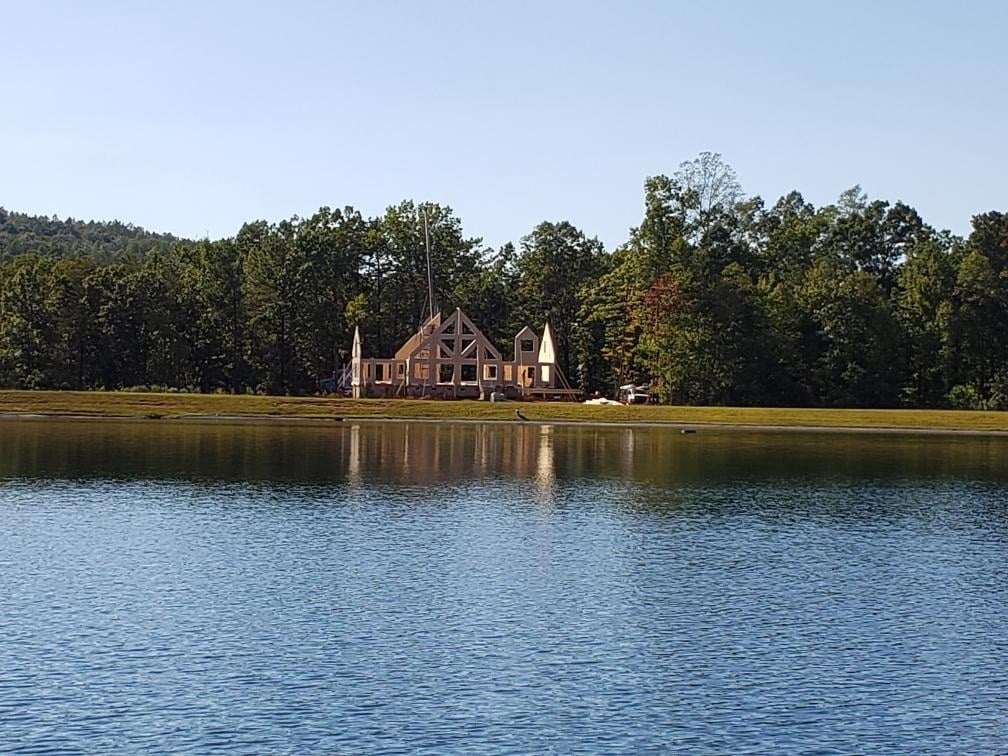
SUSTAINABILITY AND TIMBER BLOCK*
- Timber Block Material: SFI Certified Managed Forests Eastern White Pine Wood is an endlessly renewable resource. Through photosynthesis, wood removes and stores Carbon from the atmosphere. If a tree is allowed to die and rot, the carbon stored in it is, unfortunately, released back in the air as CO2. Thus, the process of harvesting old mature trees while replanting, improves the carbon cycle. Timber block sources from SFI forests which protect biodiversity and at risk species, require sustainable harvest levels, protect water quality, and mandate prompt regeneration.
- Timber Block Material: Responsible Procurement and 3rd Party Suppliers
- 3rd Party Lumber Suppliers are given priority based on the level of responsibility of their Wood Procurement Policies.
- Due to their low to zero pre-consumer waste, Engineered Wood Products are employed first whenever possible.
- Ultra-Low VOC (volatile organic compounds) Coatings for indoor air quality.
- Timber Block Panelized Construction
- Minimizes waste sent to landfills by minimizing field construction waste.
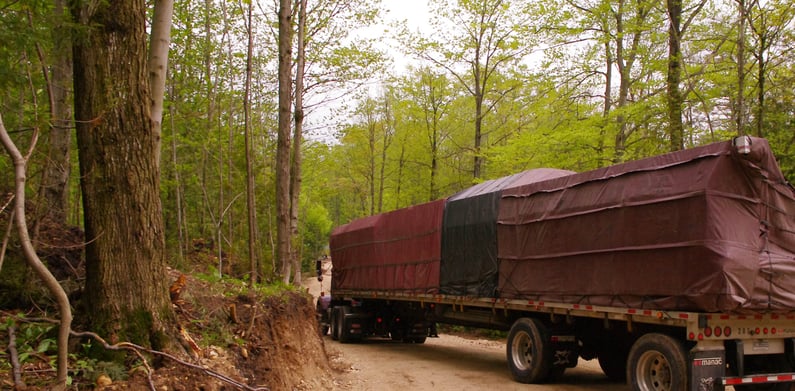
- Timber Blocks Production Facility
- Timber Block is committed to sustainability.
- Timber Block operates a near Zero Waste Facility.
- Timber Block expects to be a total Zero Waste Facility by 2025
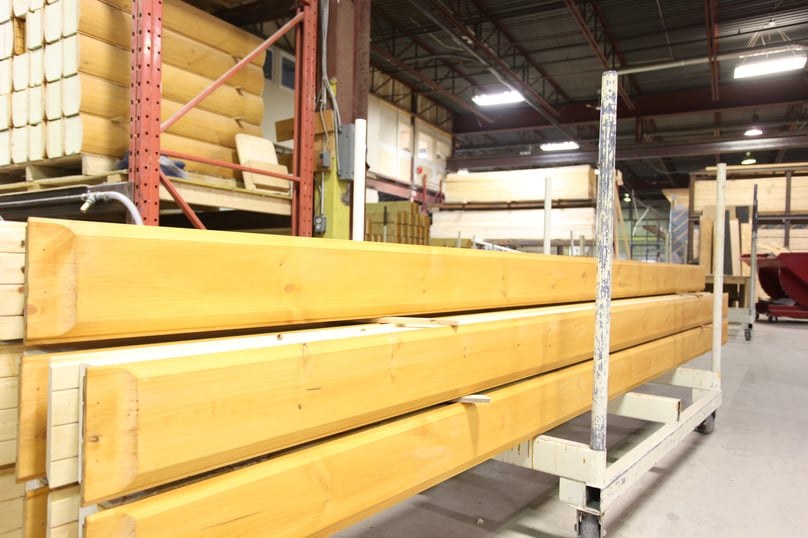
- Timber Block’s Closed Cell Polyurethane Insulating Foam
- Contains Renewable and Recycled content
- Zero Ozone Depleting
- Moisture Barrier
- Structural Properties
- Cavity mold resistance for indoor air quality
- R-Value of 6.65/inch giving Timber Block homes R-30 & R-36 values in 5.75” & 6.75” thick walls respectively, as opposed to a code 2X4 stick-built wall with an R-15 in 5.5.”
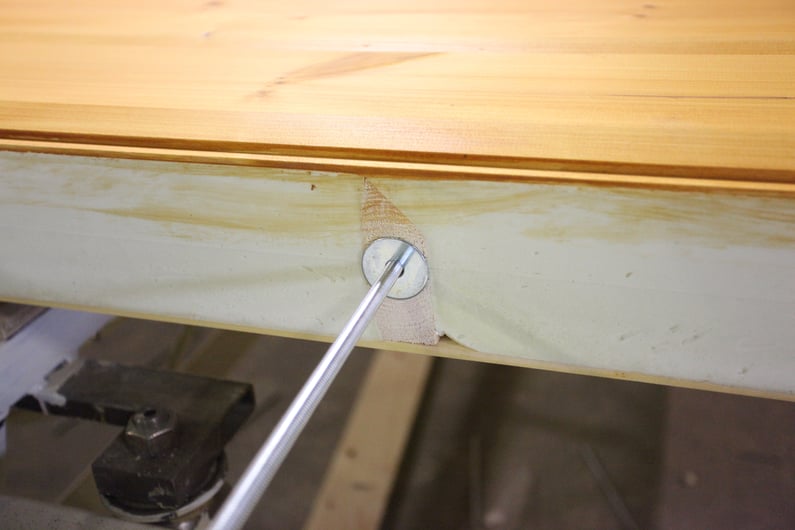
- Timber Block Construction and Convection Heat Transfer
- Timber Block’s Construction Guide details the locations for the field use of glues and caulks during assembly in order to seal the envelope as tightly as reasonably possible. A well assembled Timber Block home will have between .5 and 1.5 ACH (air changes per hour) compared to the 3, 4, or more ACH in a new code minimum home.
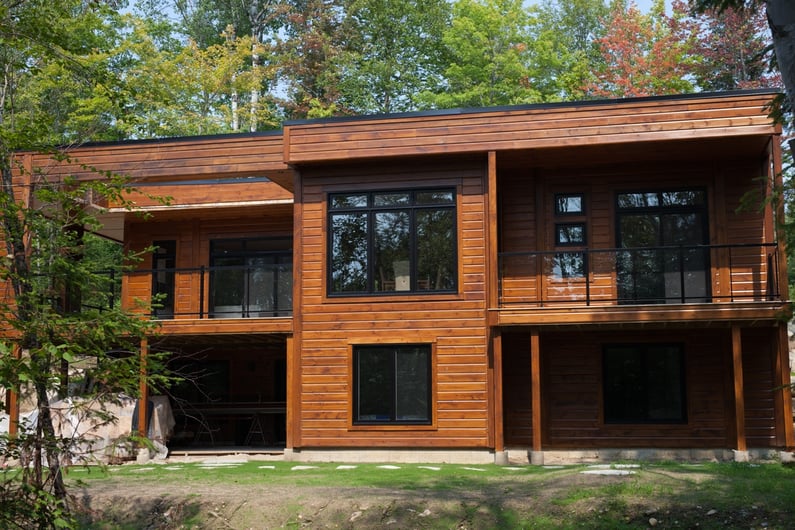
- Timber Block: Conditioning Systems and Alternative Energy
- Timber Block homes are adaptable to all conditioning systems including Hydronic, Geo-Thermal, Forced Air Gas from assorted fuels, Heat Pumps, Radiant Systems, etc.
- Timber Block homes are adaptable to all alternative energy systems including Photovoltaic (solar) systems, Wind Systems, Battery Systems, etc.
- Timber Block and Net Zero
- Timber Block Homes’ superior thermal and convection heat transfer resistance, their suitability for unlimited sites and climates, and their adaptability to multiple conditioning and alternative energy generation systems, make them a perfect foundation for Net Zero projects.
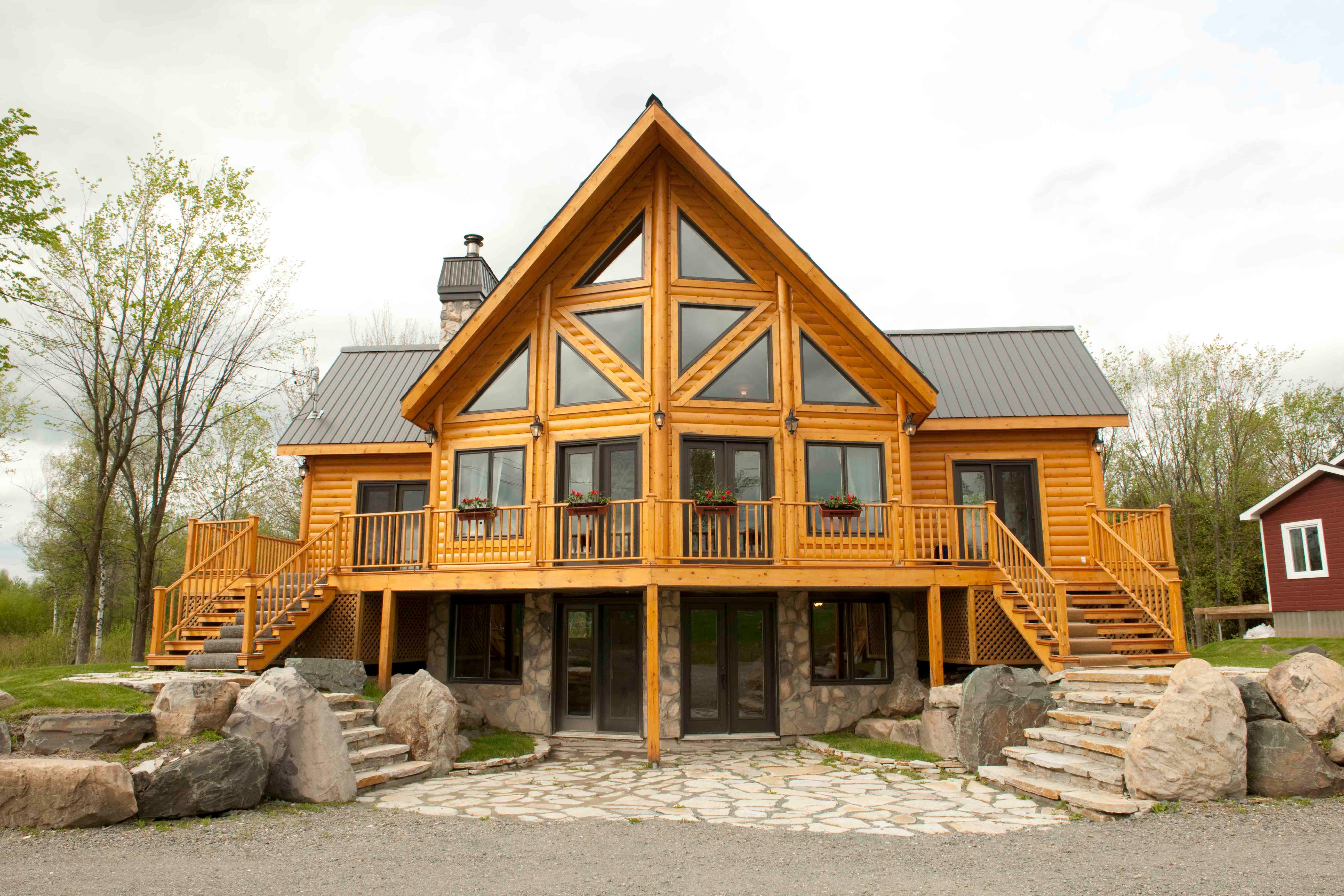
Find out more about the Timber Block technology, and our processes and procedures, visit www.timberblock.com, or contact a Timber Block Home Consultant today.
